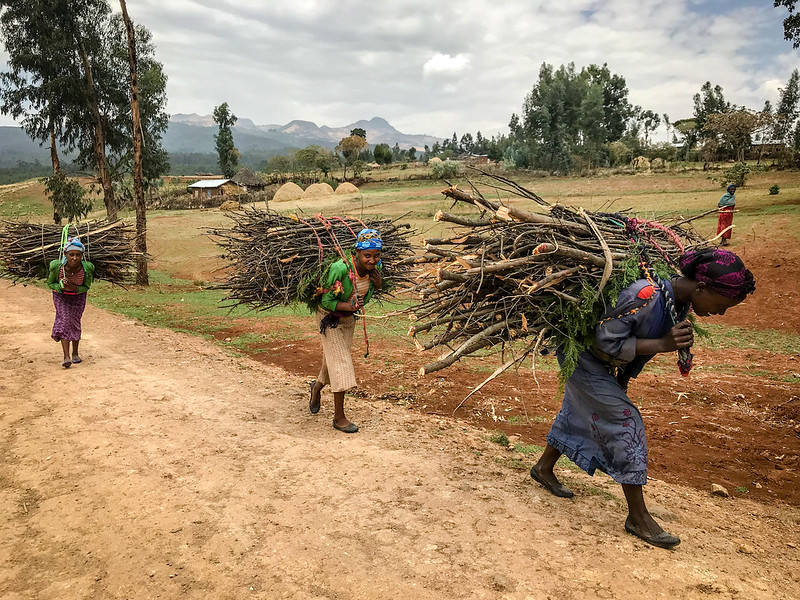Land use is regulated through various mixes of command-and-control interventions that directly affect land use via land use restrictions, and other public interventions that indirectly affect land use via agricultural, forestry, trade or macro-economic policies. More recently, coalitions of public and private actors have designed market-based and/or demand-led policy instruments to influence land use—e.g., eco-certification, geographical indications, commodity roundtables, moratoria, and payments for environmental services. These innovative instruments fall along a continuum of state involvement and interact with traditional public forms of land use regulation, leading to ‘‘hybrid'' interventions. This article reviews emerging evidence on the effectiveness of the main instruments used to promote sustainable land use, and explores interactions between the new demand-led interventions and formal regulatory public policies. Although there are still insufficient rigorous studies evaluating the effectiveness of hybrid instruments, available evidence suggests some positive direct and indirect benefits. Hybrid instruments combine elements from both private and public regulatory systems, in innovative and effective ways. We propose a typology to characterize potential interactions between instruments that regulate land use. It links various types of interactions—i.e., complementarity, substitution, and antagonism—to the various stages of regulatory processes—i.e., agenda setting, implementation, and monitoring and enforcement. We give examples of governments endorsing certifications or using certification to support their own policies; governments creating enabling conditions for hybrid instruments to mature, allowing for wider adoption; and private instruments reinforcing public regulations or substituting for missing or weak governance. In some cases, governments, NGOs and corporations compete and may hinder each other's actions. With favourable institutional and governance contexts, well-designed hybrid public-private instruments can be effective. More systematic evaluation could boost the effectiveness of instruments and enhance synergistic interaction with traditional public land-use policy instruments to achieve incremental benefits as well as longer-term transformative outcomes in land-use protection.
Download:
DOI:
https://doi.org/10.1016/j.gloenvcha.2014.06.007
Altmetric score:
Dimensions Citation Count:

























